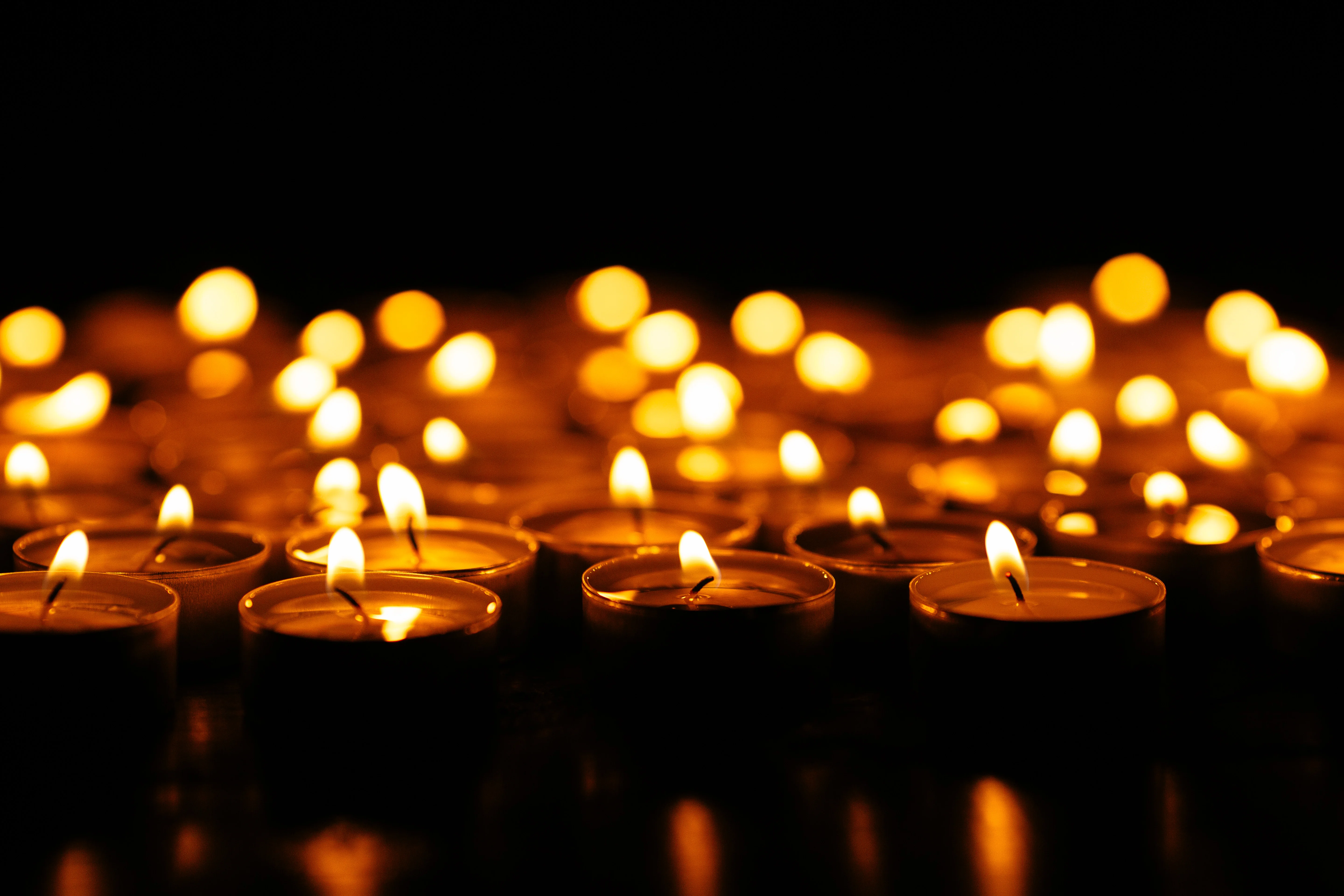Blog » Eco-Friendly End-of-Life Choices: A Deep Dive into Cremation and Natural Burial

Choosing an end-of-life option is deeply personal, especially for those concerned about the environment. Eco-friendly end-of-life choices, like cremation and natural burial, offer unique environmental impacts that help families make thoughtful, sustainable decisions. Today, many people consider how their final arrangements can minimize their ecological footprint. By exploring both cremation and natural burial, families can better understand which option aligns with their environmental values.
Cremation: Environmental Benefits and Drawbacks
Cremation has grown in popularity for its convenience, affordability, and flexibility. However, the environmental impact of cremation has significant trade-offs, which are worth considering.
Key Environmental Concerns:
- Energy use: Cremation relies on high temperatures, which demand large amounts of fossil fuels.
- Emissions: It produces carbon dioxide, mercury, and other pollutants that affect air quality.
- Land use: Cremation requires minimal land, which helps conserve space in densely populated areas.
Although cremation requires significant energy and emits pollutants, it also provides benefits. These include saving land and offering more flexibility in how families choose to memorialize their loved ones. However, alternatives like alkaline hydrolysis offer lower environmental impact, making it an important consideration.
Alkaline Hydrolysis as an Alternative: Alkaline hydrolysis, or water cremation, offers a more eco-friendly alternative to traditional cremation. This process uses water and potassium hydroxide to break down the body, avoiding high-energy consumption.
- Lower emissions: This process doesn’t release toxins or pollutants into the air.
- Water usage: Alkaline hydrolysis uses significant amounts of water, which can pose concerns in drought-prone regions.
While alkaline hydrolysis uses less energy than flame cremation, it does have some environmental costs. Families should weigh the benefits of reduced emissions against the potential issue of water consumption. In states where it’s legal, water cremation is becoming an increasingly popular option for eco-conscious individuals.
Advantages of Cremation:
- Reduces land use compared to traditional burial.
- Families can choose biodegradable urns or scatter ashes.
- Alkaline hydrolysis offers a more eco-friendly cremation option.
Natural Burial: A Return to Nature
Natural burial, also known as green burial, provides an eco-friendly way to return the body to the earth. This method avoids chemicals and uses biodegradable materials to let the body decompose naturally.
Key Environmental Benefits:
- No chemicals: Natural burial avoids harmful embalming fluids, which can leach into the soil and water.
- Biodegradable materials: Coffins and shrouds made of natural materials break down over time, nourishing the ecosystem.
- Land preservation: Many green burial sites also serve as nature preserves, supporting local wildlife.
Natural burial eliminates chemical use, making it an appealing choice for those concerned about soil and water contamination. It also creates a lasting environmental benefit by preserving the land and encouraging biodiversity. However, some regions have limited access to green burial grounds.
Challenges of Natural Burial:
- Land availability: As populations grow, land set aside for burial may become scarce.
- Limited options: Some regions have few certified green burial sites, making access more challenging.
In addition, the logistics of maintaining a natural burial ground are different than conventional cemeteries. While natural burial sites blend into the environment and require little maintenance, local laws and regulations may limit where and how natural burial can take place.
Advantages of Natural Burial:
- Helps preserve natural habitats and ecosystems.
- Avoids toxic chemicals and promotes natural decomposition.
- Supports biodiversity by turning burial grounds into conservation areas.
Cremation vs. Natural Burial: What to Consider
When comparing cremation and natural burial, it’s crucial to assess the unique environmental benefits and drawbacks of each option.
Cremation:
- Energy use: Cremation consumes fossil fuels to reach high temperatures, but does not require long-term land use.
- Emissions: Traditional cremation emits pollutants, but methods like alkaline hydrolysis reduce this impact.
- Space-saving: Cremation minimizes land use, which is especially valuable in urban areas.
Cremation is an excellent choice for those concerned about space conservation. Additionally, families have a wide range of options for memorializing loved ones, from biodegradable urns to scattering ashes in meaningful locations. The flexibility cremation offers helps families incorporate eco-friendly elements, like tree planting or coral reef restorations.
Natural Burial:
- Minimal emissions: Natural burial avoids air pollution and reduces the carbon footprint.
- Land use: Although it requires land, green burial grounds contribute to conservation efforts.
- No chemicals: Natural burial eliminates toxic chemicals and preserves the soil and water.
For families who prioritize land conservation and supporting local ecosystems, natural burial offers an eco-conscious option. Green burial grounds are often natural areas that don’t require the traditional upkeep of lawns or monuments, allowing the land to thrive. This promotes biodiversity and offers a peaceful, natural resting place for the deceased.
Key Takeaways:
- Cremation requires less space but uses energy and emits pollutants.
- Natural burial avoids chemicals and emissions but requires land.
- Alkaline hydrolysis offers a low-emission alternative to traditional cremation.
Bullet Points to Consider:
- Cremation’s energy use impacts air quality, but it saves space.
- Natural burial supports land conservation but may not be available everywhere.
- Alkaline hydrolysis reduces environmental impact but uses significant water.
Choosing an Environmentally Friendly End-of-Life Option
When selecting an end-of-life option, it’s essential to balance environmental concerns with personal values and local availability. Both cremation and natural burial provide eco-friendly choices, but each caters to different priorities.
For those who want to minimize emissions and energy use, alkaline hydrolysis presents an attractive alternative to traditional cremation. It produces fewer harmful emissions while still offering the benefits of cremation. On the other hand, individuals committed to land conservation may find peace in natural burial, knowing that they contribute to preserving habitats.
Considerations for Making Your Decision:
- Local options: Investigate the cremation and burial services available near you.
- Personal values: Decide if you prefer minimizing emissions or supporting land conservation.
- Costs: Natural burial might cost more due to land requirements, but it eliminates the environmental costs of embalming and heavy machinery.
While cremation might appeal to those wanting to minimize space usage, green burial offers the opportunity to restore and protect the environment. Both options enable families to make meaningful choices, knowing they are reducing their loved one’s environmental footprint.
In the end, both cremation and natural burial provide meaningful ways to reduce environmental impact. By weighing these factors, families can make choices that align with their values while leaving a lighter footprint on the planet.
Recent Blog Posts
- The Heart Behind Every Word: Why Our Families’ Stories Mean So Much
- Affordable Cremation, Meaningful Goodbyes: How to Honor Life Without Financial Strain
- More Than Mourning: A Tribute to a Life Well Lived
- Go figure! Instagram and Facebook for Cremation Services
- The History of Cremation: From Ancient Rituals to Modern Choices
- What to Do When a Loved One Passes Away at Home
- Ashes in Pop Culture: How Cremation is Portrayed in Movies & TV
- Healing Through Green: How Plants Support Mental Health and the Grieving Process
- Eco-Friendly Cremation and Burial Options
- Direct Cremation in South Carolina and Why Families Prefer This Option
